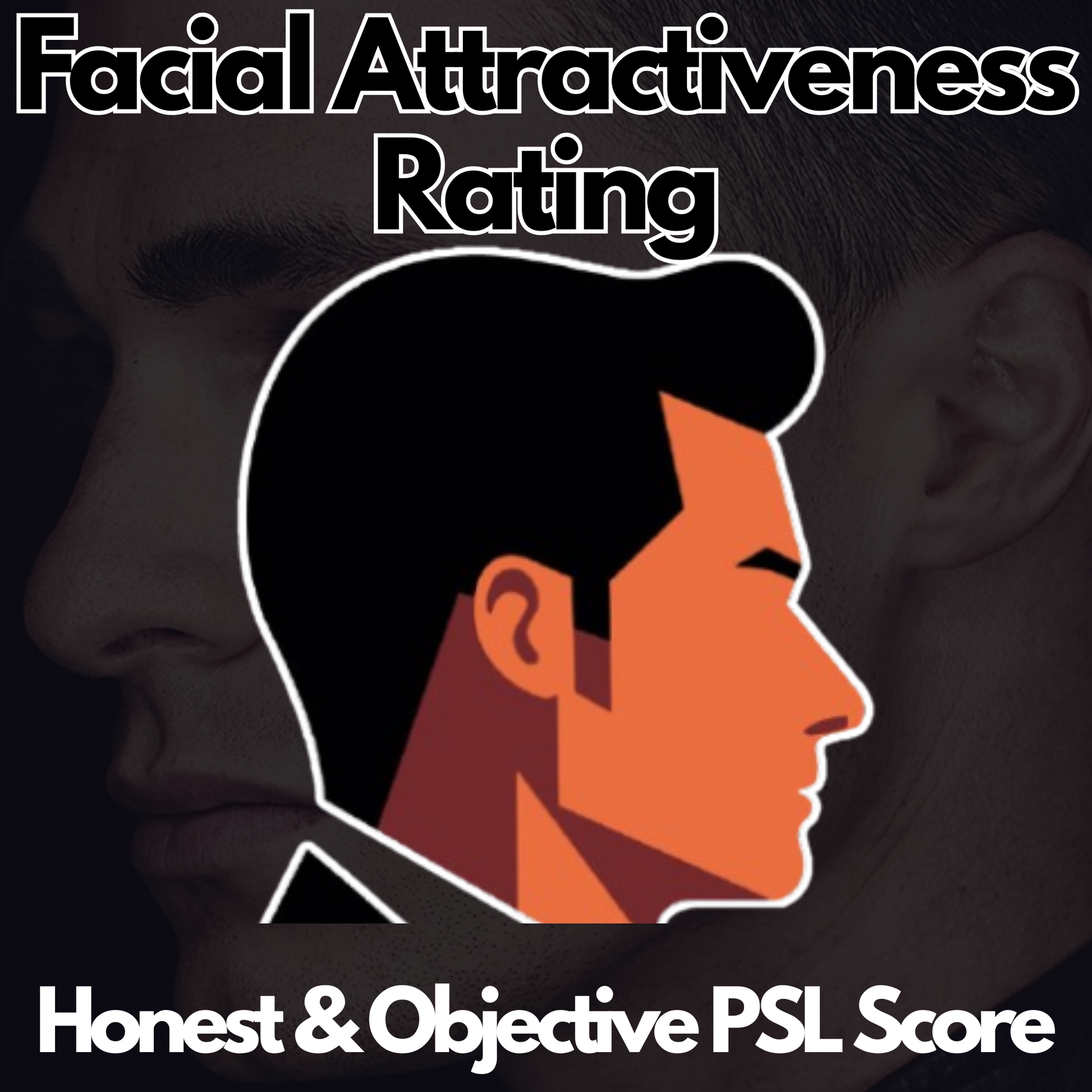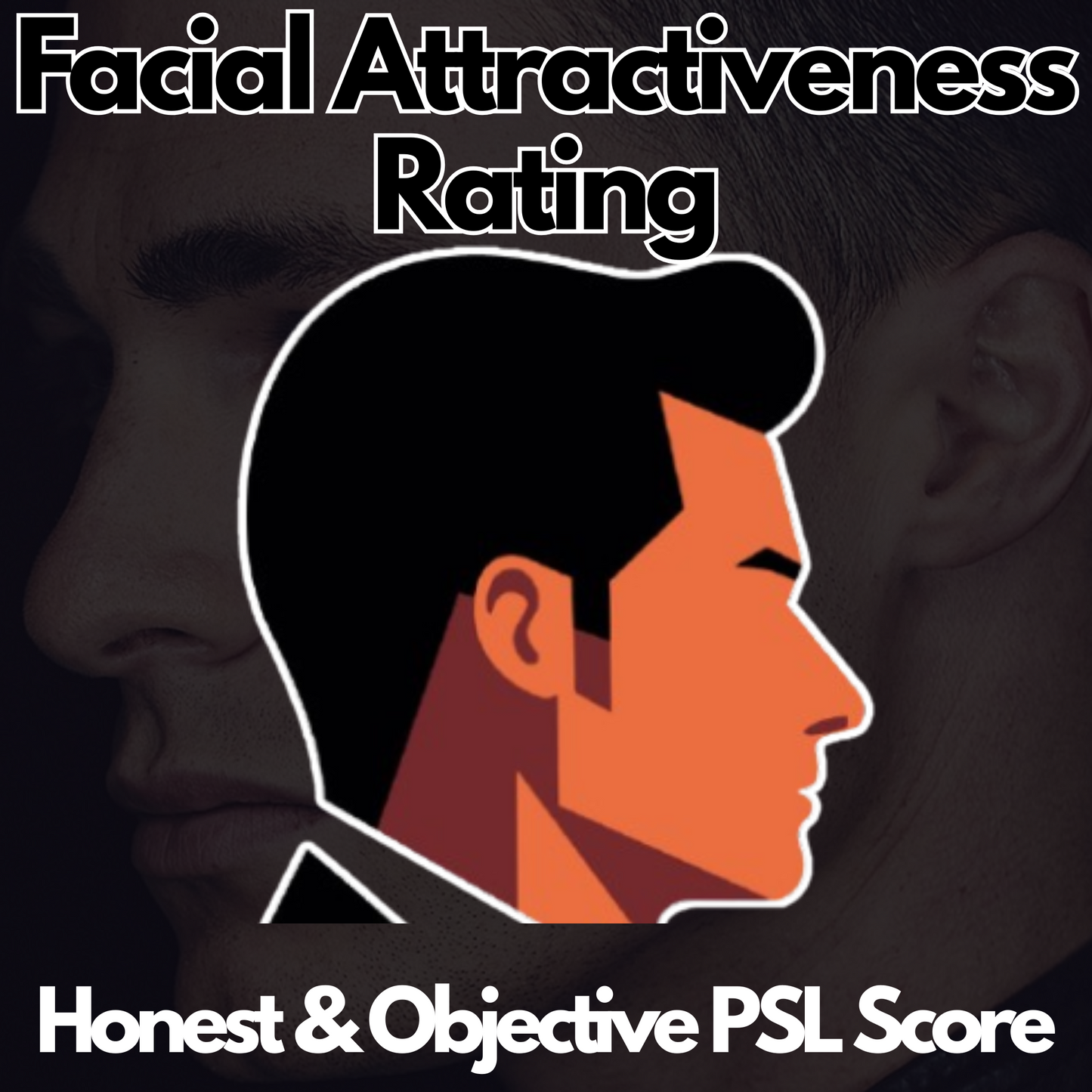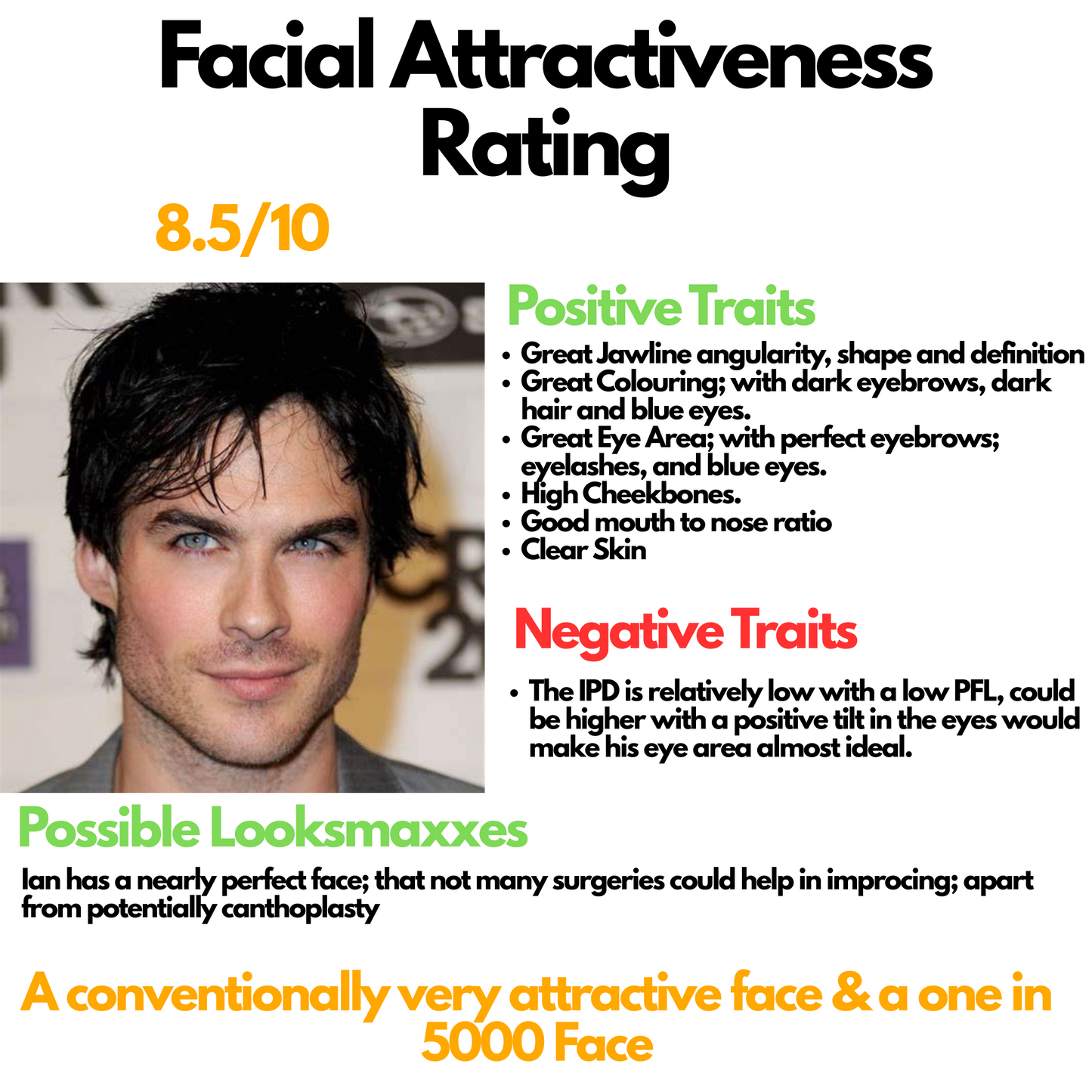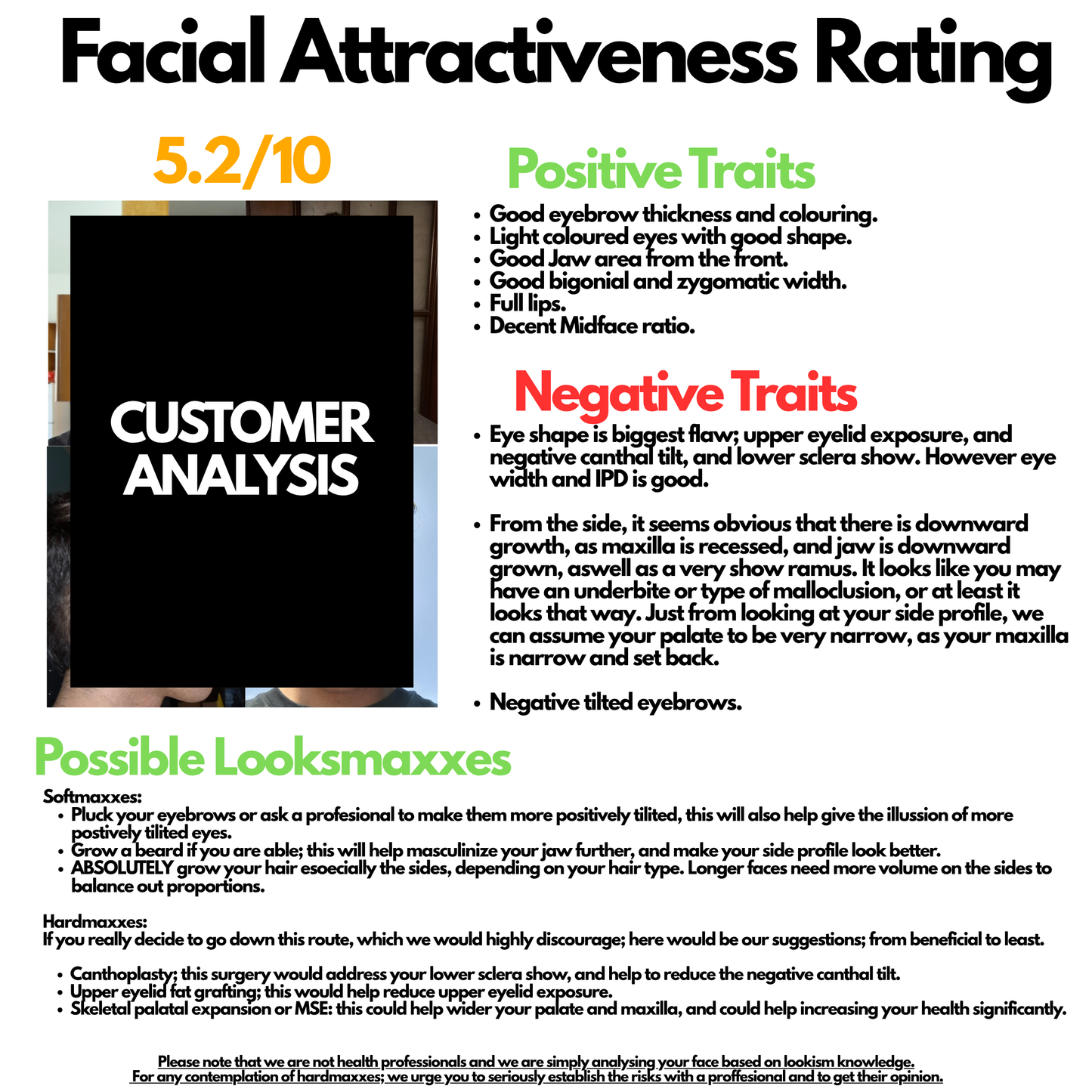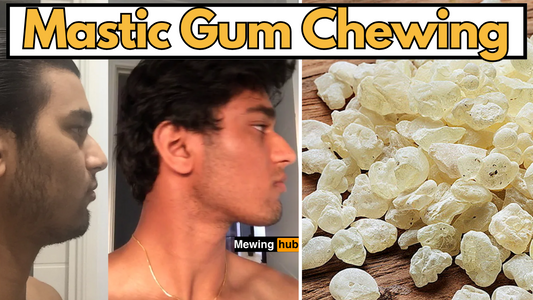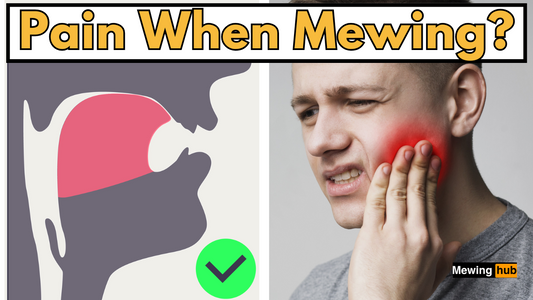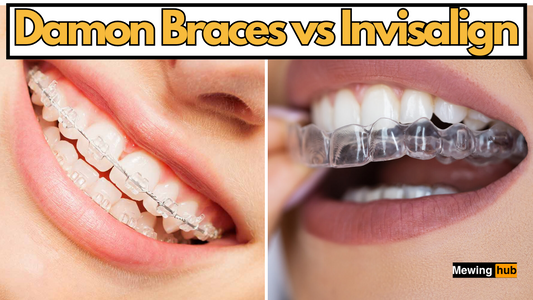Is Mewing Permanent? Analyzing the Longevity of Mewing Results
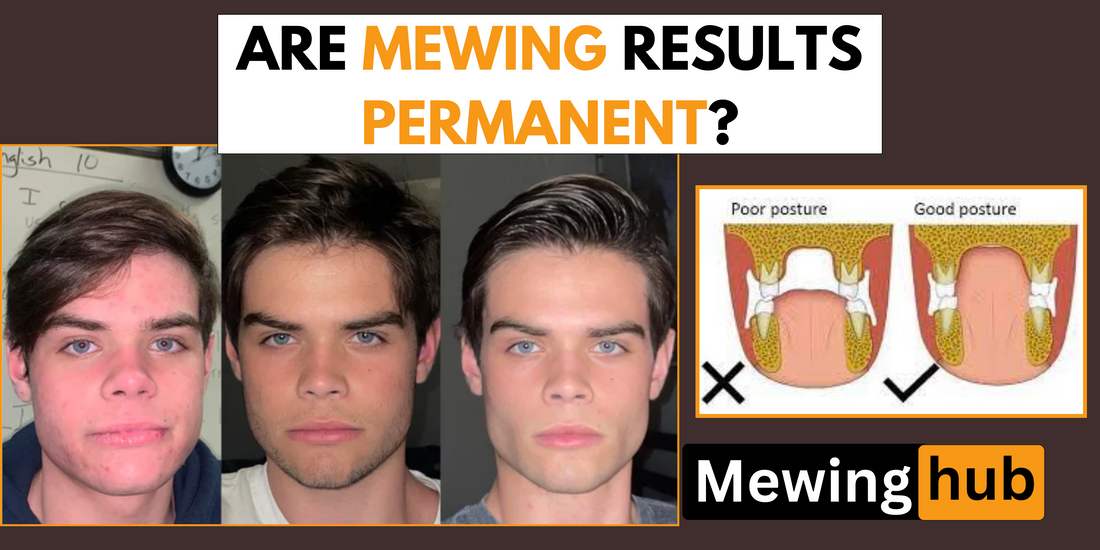
Share

Understanding the Basics of Mewing
Mewing isn't just a temporary fix; it's a long-term practice aimed at improving facial structure. The technique is centered around the correct positioning of the tongue, which supports the upper jaw and promotes better alignment of facial features. By enhancing jawline definition and facial symmetry, mewing may provide aesthetic benefits that go beyond superficial changes.
Longevity of Mewing Results
The long-term effects of mewing depend heavily on continuous practice. Unlike temporary treatments, mewing requires ongoing dedication. The tongue's consistent pressure on the maxilla could induce bone remodeling, a natural process where bones gradually adapt over time. This continuous adaptation is critical for achieving and maintaining the structural changes facilitated by mewing.
The Science of Bone Remodeling and Muscle Memory
Muscle memory is vital in making mewing effective. Habitual correct tongue posture ensures constant support for the maxilla, fostering bone remodeling. This not only helps in stabilizing the changes but might also make them more permanent.
Bone remodeling is a dynamic process where bone tissue is continuously renewed, involving the resorption of old bone and the formation of new bone.
This adaptability is influenced by mechanical stresses, including the consistent pressure exerted by the tongue during mewing. Studies have shown that such mechanical loading can lead to changes in bone density and structure over time.

Faces if not supported by the tongue tend to drop down and become less attractive, this is known as downward facial growth.
Potential Long-Term Effects of Mewing
- Jawline Definition: Regular mewing can significantly define the jawline. This is due to the constant upward pressure that helps in aligning the jaw and enhancing its prominence.
- Cheekbone Enhancement: The technique may raise cheekbone prominence due to better maxillary positioning. By lifting the maxilla, mewing can contribute to higher and more defined cheekbones.
- Improved Facial Symmetry: Proper tongue posture can lead to a more symmetrical and balanced face. As the maxilla shifts into a more optimal position, it can help correct minor asymmetries in the facial structure.
Reversibility of Mewing Results

If mewing practice is discontinued, previously observed improvements may revert, highlighting the importance of continuous practice to maintain the benefits.
When you stop mewing, the lack of consistent pressure can lead to the facial bones and muscles returning to their original positions, potentially undoing the progress made.
Continuous Improvement and Maintenance
Dedication to mewing is not just about maintaining results but enhancing them. Long-term commitment can lead to ongoing improvements, reinforcing the dynamic nature of our facial anatomy under sustained practice.
Regularly practicing mewing ensures that the tongue remains in the correct posture, continuously influencing the maxilla and other facial structures.
Addressing Concerns and Misconceptions about Mewing Results
One common misconception about mewing is that results can be achieved quickly and without sustained effort. However, mewing is akin to any other form of physical training—it requires time, patience, and consistency. The process of bone remodeling and muscle adaptation is gradual, and noticeable changes can take several months to years to manifest.
Integrating Mewing with Other Practices
For optimal results, mewing should be integrated with other practices that support facial health and symmetry.
This includes proper breathing techniques, avoiding mouth breathing, and ensuring good overall posture.
Additionally, incorporating exercises that strengthen the facial muscles can complement the effects of mewing, providing a more comprehensive approach to facial enhancement.
Hard Chewing is an important part of mewing and should be practiced alongside mewing for optimal mewing results.
Conclusion: The Verdict on Mewing's Permanence
Mewing's potential for permanent results varies by individual but is generally positive with disciplined practice. It represents a commitment to enhancing one's facial structure through non-surgical means. As a natural approach to facial enhancement, mewing demands consistency and proper technique for lasting results. While outcomes can differ, the practice holds the potential for significant and enduring improvements.
In conclusion, is mewing permanent?
The answer largely depends on the individual's commitment to maintaining proper tongue posture and integrating mewing into their daily routine. With continuous practice, the changes induced by mewing can become more stable and long-lasting, offering a viable path to improved facial aesthetics and structure.




